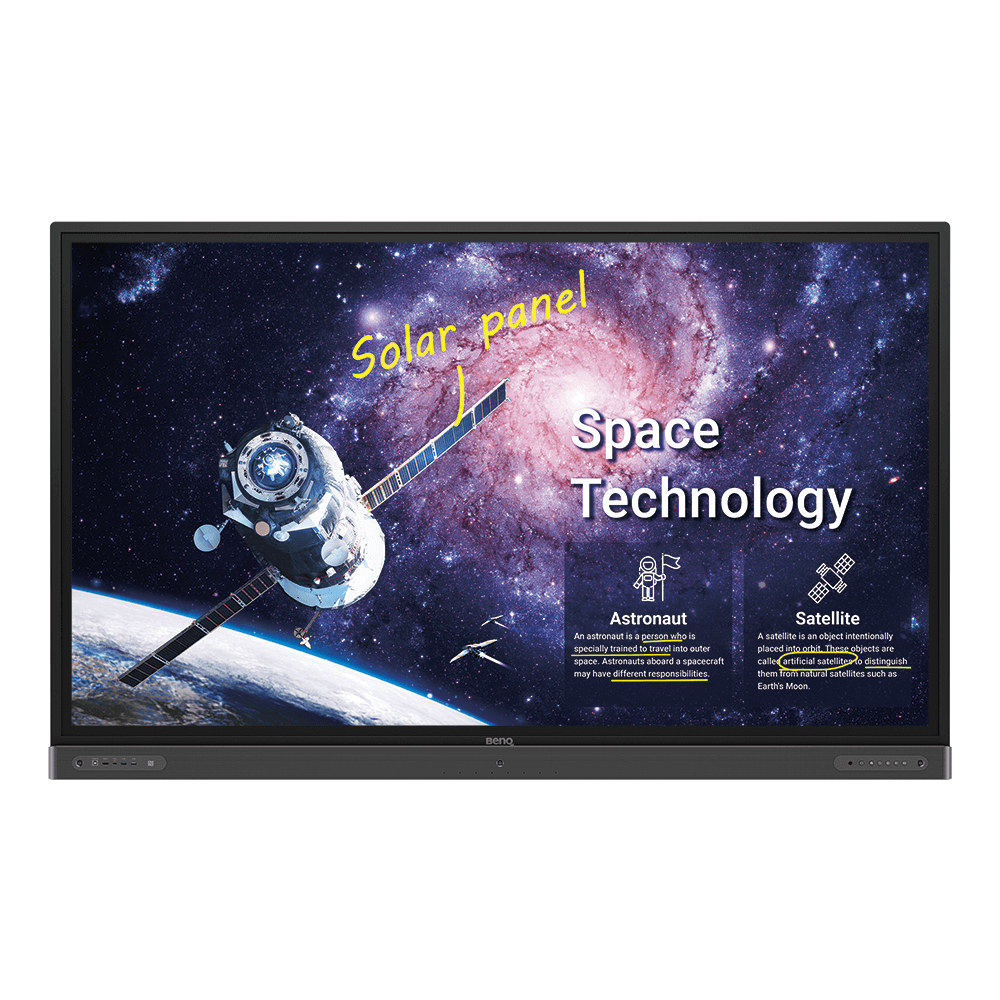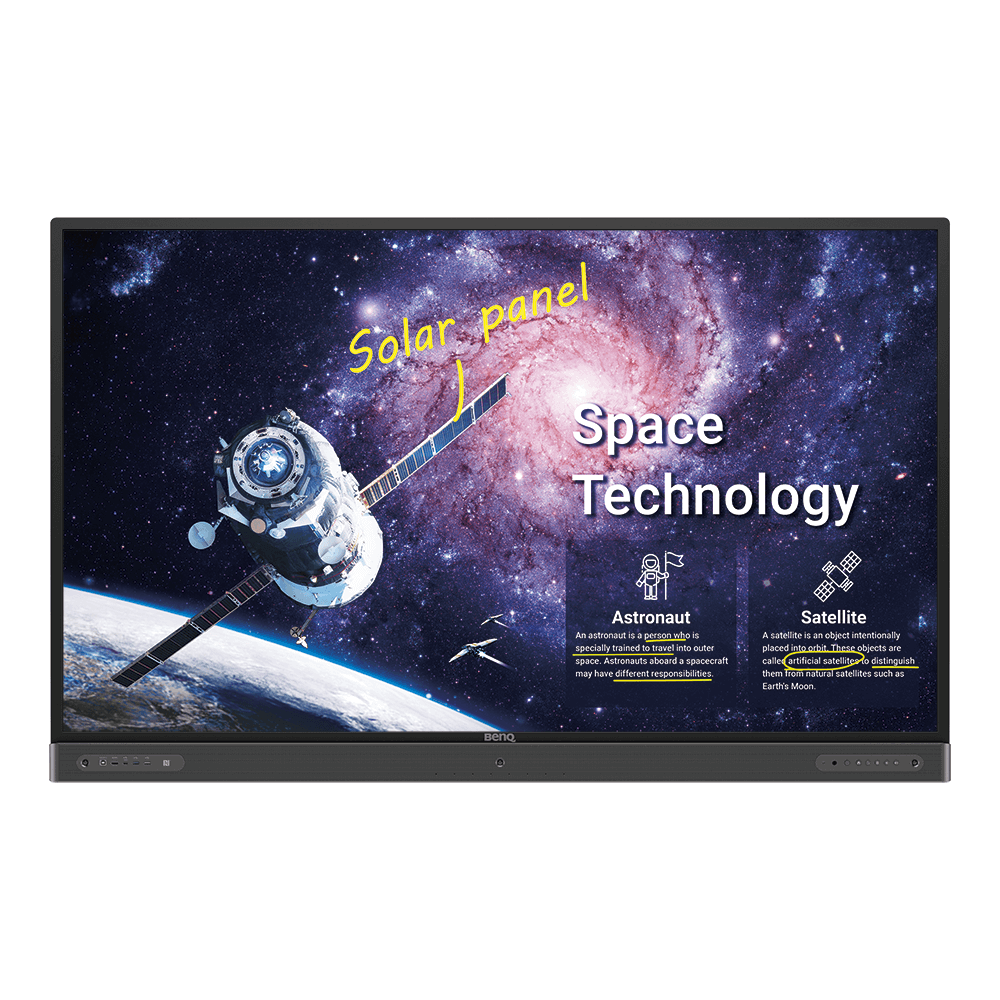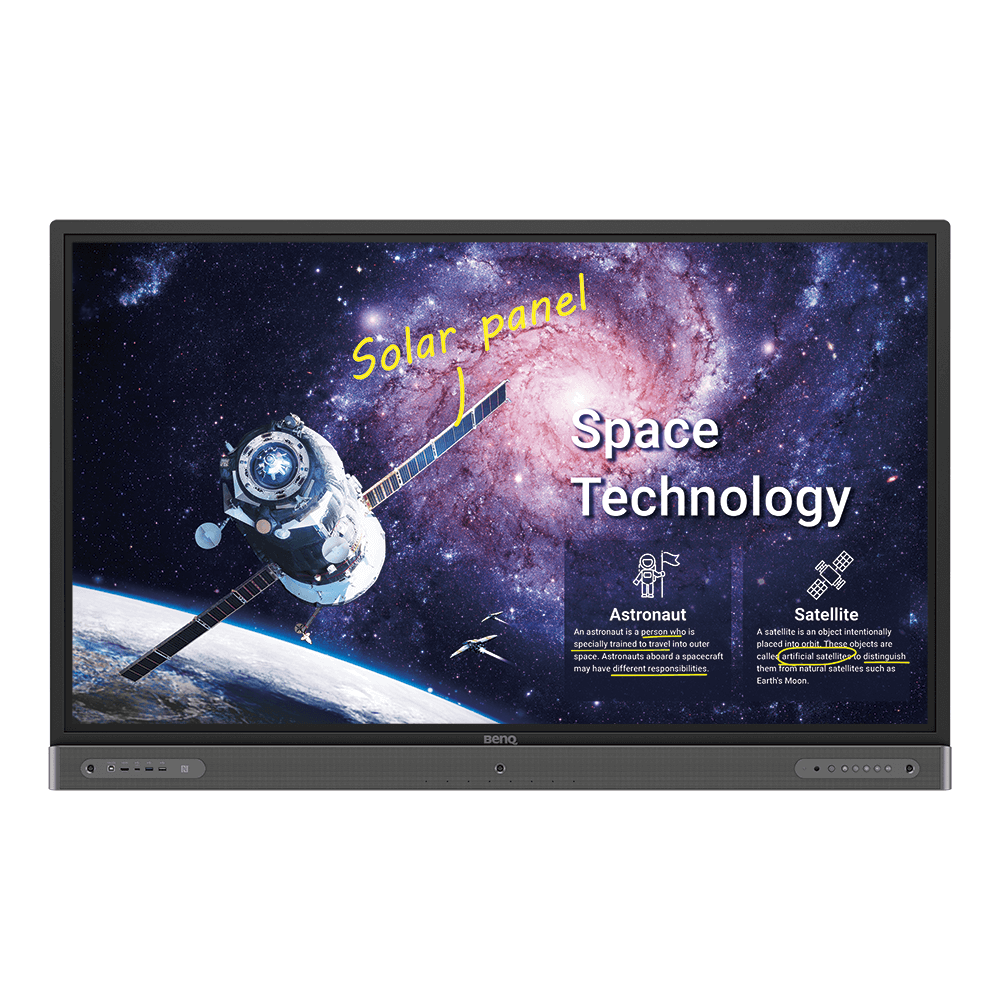Get Ready for Summer School with BenQ Interactive Displays
- BenQ
- 2021-07-09
Enrollment in summer classes across all age groups is set to make history in 2021, with more students and parents than ever keen on participating in summer school and sign-ups at a literal all-time high.
Much of this has to do with COVID, which of course delayed learning and caused many students to fall behind due to the so-called digital divide. Kids with less access to technology at home have a tough time with remote, hybrid learning. The pandemic-caused closeout of classes meant many learners weren’t able to participate properly in hybrid classes, and in general there’s a big push to catch up.
With summer 2021 learning so pivotal, it’s best to be prepared, as we’re sure you’ll agree. Let’s quickly review the biggest factors to take into consideration.
Evaluate the Scale of Learning Loss
While every district and school are unique, most schools and classes all across the board have suffered some degree of learning loss due to COVID, as McKinsey reports. As you plan your summer learning season, you should have as clear a picture as possible of just how intense sessions should be. There’s no need to go overboard if your school’s learning loss was mitigated by hybrid learning, just as going too light will do an injustice to learners if your school was essentially shut down for a year.
This process should involve administration, teachers, and parents. Together, try to pinpoint which areas need the most attention. A blanket approach isn’t advised, and trying to brute force those two short months may cause fatigue among even the most motivated students (and teachers) as the regular school season nears.
Try to avoid relying on formal testing as that could distort the impact of COVID on student performance. Experience already shows that actual in-class testing by teaching works best. Rather than rely on standardized tests, take a week or two at the start of summer school and pay close attention to areas where many students have problems. Those are the subjects that need the most attention. In practical terms, use writing exercises and group activities to gauge student proficiency in subjects. This will have the added benefit of getting kids re-acquainted with the joys of working together, after so many have experienced isolation during the pandemic.
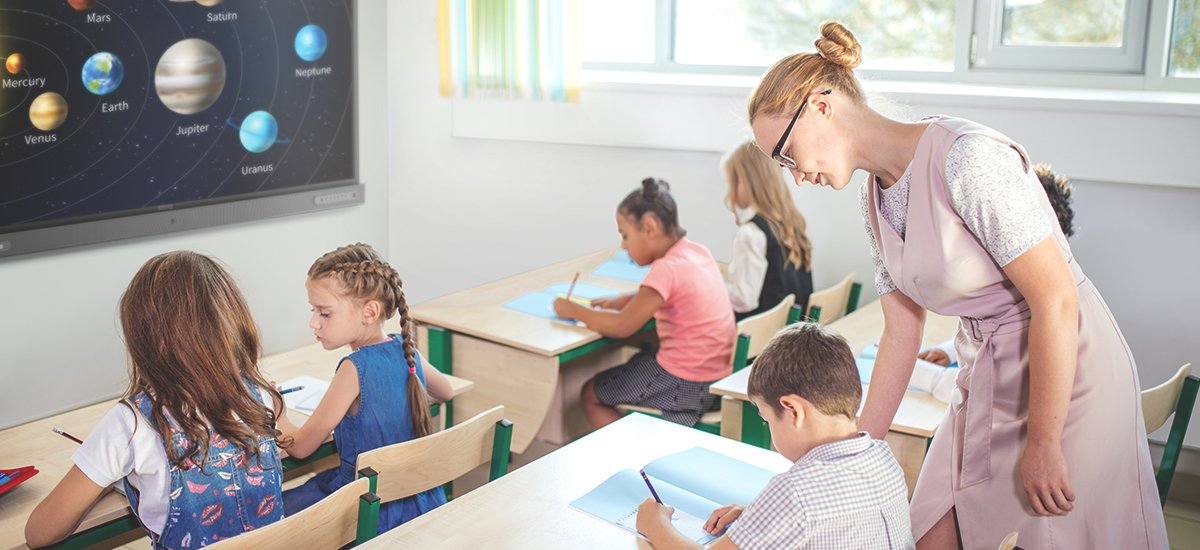
Prepare Students for New Realities
While the whole point of summer school 2021 is to catch up and return to normal, completely ignoring the changed reality of our world will be a disservice to everyone involved. During the summer months, try to introduce the tools of hybrid learning and remote participation to students that aren’t yet familiar with them. Use the time to train learners in the usage of digital interactive displays, digital whiteboards, and video conferencing.
Impress upon students and parents that the new interactive displays the school has acquired are as easy to use as smartphones, and offer an excellent platform whether in the class or should the need for remote and hybrid learning return for some reason. Interactive boards further assist schools in reducing any digital divides, as they enable fully online learning even for kids that don’t own smart devices or a laptop.
With regards to subjects, perhaps a stronger focus on STEM/STEAM will offer students the most educational “bang for buck” out of the summer session. Liberal arts and social studies can wait until the regular school year, with the summer a better time to hit topics that could be seen as more challenging while leveraging the far more relaxed atmosphere of summer classes.
Encouraging students to carry out tasks such as graphic design or light programming would be of immense value as we move forward into an ever-more technological future, with the possibility or a return to hybrid learning still lingering. That’s not pessimism, rather pragmatism.
On that note, make use of summer classes as a time to prepare for either scenario. Whether a complete return to pre-pandemic normal or an unfortunate requirement to pare down in-person learning again, this time can help you and your students become better prepared for both.
Maintain Health Standards
Even if COVID’s on the way out, the public health lessons learned serve us all well in ways that extend far beyond one pandemic. First off, future outbreaks of infectious diseases are likely to occur. Again, we’re not trying to be alarmist, it’s just a fact of human existence and nothing to be afraid of if we’re prepared.
Highlight to kids the need to self-monitor and take more notable symptoms like fever or persistent cough seriously. Promote responsible hand washing without making it too frequent or intrusive. If needed by your evaluation, request some degree of social distancing or mask wearing, although the whole point of summer school as noted is to re-socialize students. Try to limit the sharing of devices if you can and feel that’s appropriate for your classes.
Interactive flat panels with germ-resistant screens and wireless, hands-free device mirroring help in these areas.
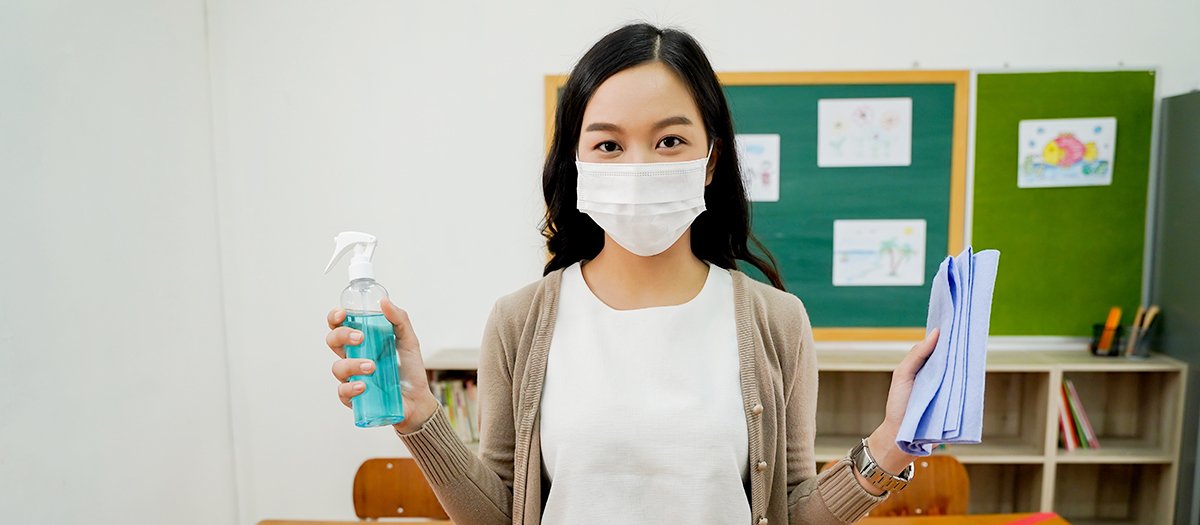
The Right Tools for School
As you only have a couple of months to make the most of summer 2021 learning, having the best tools possible is imperative. Not only that, but the same assets will help you prepare for the regular 2021-2022 school year and beyond, as the best technology is designed to serve you for many years. And when it comes to making a good investment, interactive flat panels are right up there with the best.
Discover BenQ ClassroomCare interactive flat panels right here, and keep in mind that ESSER funding can be used to acquire new technology such as interactive flat panels for your classrooms.
Find out what is the best way to allocate your ESSER funds under CARES, CRRSA, and American Rescue Plan Acts and meet the targets with a single purchase


